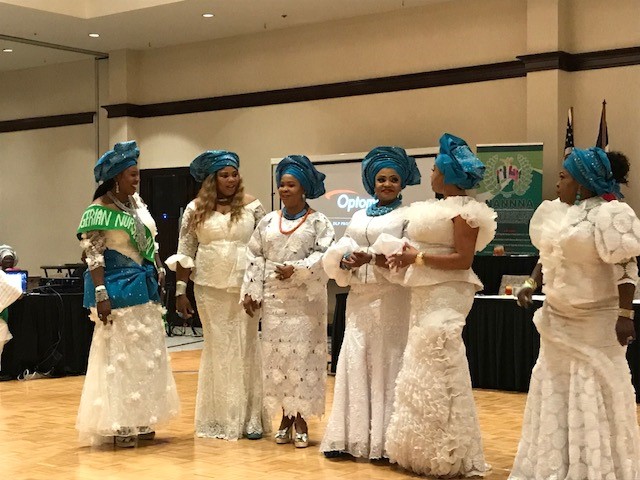Texas, often celebrated for its vast landscapes and iconic cowboy culture, is a state that thrives on diversity. From its bustling cities to its charming small towns, Texas is a melting pot of cultures, traditions, and histories that have shaped its unique identity. In recent years, the state has experienced significant demographic shifts, making it essential to explore the rich tapestry of diversity that defines modern-day Texas.
Demographic Landscape:
As one of the largest and most populous states in the U.S., Texas is home to a wide array of ethnicities, races, and cultures. According to the U.S. Census Bureau, the state’s population is incredibly diverse, with a mix of Hispanic, African American, Asian, and Anglo residents, among others. This diverse demographic composition contributes to the vibrant and dynamic social landscape that characterizes Texas today.
Urban Hubs as Cultural Hotspots:
The major cities of Texas, such as Houston, Dallas, Austin, and San Antonio, serve as vibrant cultural hubs where diversity is not just acknowledged but celebrated. Houston, in particular, stands out as one of the most ethnically diverse cities in the nation, boasting a thriving multicultural scene. From the annual Houston International Festival to the various cultural neighborhoods like Chinatown and Little India, the city exemplifies the harmonious coexistence of different communities.
Educational Institutions as Catalysts for Inclusion:
Texas is home to renowned educational institutions that play a pivotal role in fostering diversity and inclusion. Universities such as the University of Texas at Austin and Texas A&M University actively promote multiculturalism through various programs, events, and student organizations. These efforts contribute to a climate where students from diverse backgrounds can learn, grow, and collaborate, preparing them for a globalized world.
Cultural Festivals and Events:
Throughout the year, Texas hosts a myriad of cultural festivals and events that showcase the state’s diverse heritage. The San Antonio Fiesta, for example, celebrates the city’s rich Hispanic culture, featuring colorful parades, music, and traditional cuisine. Similarly, the Dallas Asian Festival highlights the contributions of the Asian community to the state’s cultural landscape. These events serve as platforms for different communities to share their traditions, fostering a sense of unity and understanding.
Challenges and Opportunities:
While Texas has made significant strides in embracing diversity, it is not without its challenges. Socioeconomic disparities and access to opportunities still exist among various communities. Recognizing these challenges is crucial for creating policies and initiatives that address inequality and promote inclusivity. Efforts to invest in education, healthcare, and economic development in underserved communities can contribute to a more equitable and united Texas.
Conclusion:
Texas stands as a testament to the beauty of diversity, where people from various backgrounds come together to create a rich and vibrant cultural tapestry. From the bustling cities to the serene rural landscapes, the state continues to evolve, driven by the collective contributions of its diverse population. Embracing this diversity not only strengthens the fabric of Texas society but also sets an example for the nation as a whole, demonstrating that unity in diversity is not just a slogan but a way of life.




